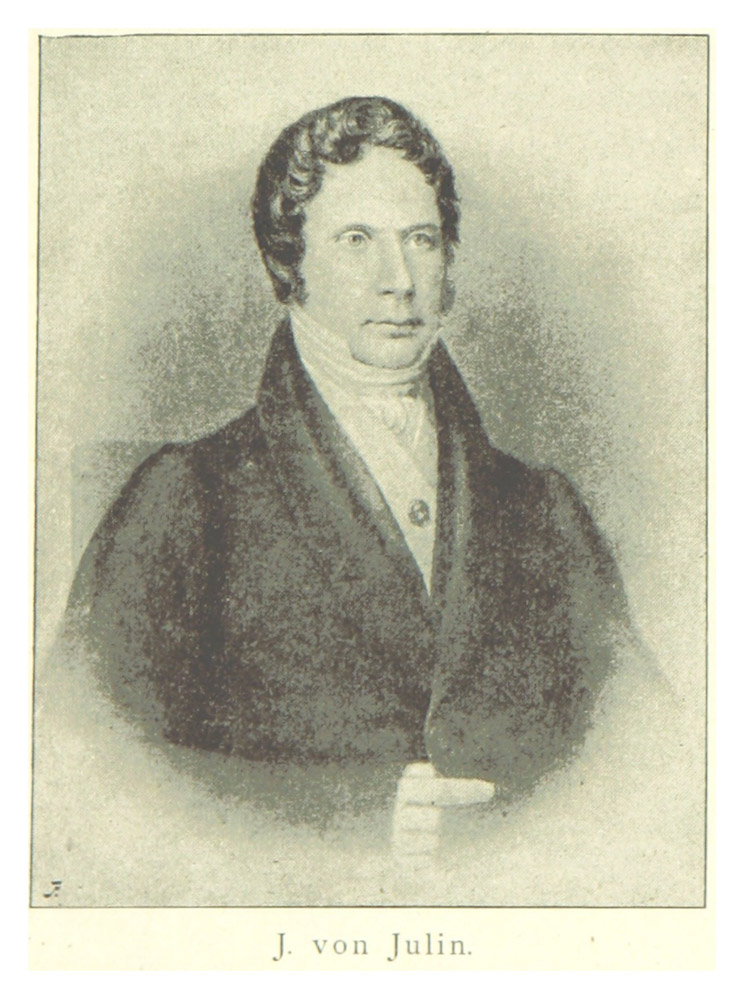
In the beginning there was curiosity, knowledge was gained by experimentation, and the sciences sprouted from the grains of knowledge. In the following story, science and superstition take on each other. The story is from Sara Wacklin's book "Hundrade minnen från Österbotten" from 1844.
Asuipa Lapin Kuusamossa suuri noita, kooltaan valtava mies, jonka pienet väriltään epämääräiset silmät salamoivat tuuheiden, tummien kulmakarvojen alta. Paksun, mustan takkutukan keskeltä pilkotti partainen hymyilevä naama, hänen ilmeensä olivat salaperäisiä ja ilkikurisia. Usein hän kulki lappalaispuvussa, jaloissaan kallokkaat, käsissään kintaat.
Kauas oli kiirinyt pelonsekainen kunnioitus suurta noitaa kohtaan, sillä häntä pidettiin ihmeitä tekevänä lääkärinä, joka pystyi parantamaan ihmisten ja kotieläinten tauteja. Merkillisiä eleitä ja taikasanoja toistamalla hän sai varkaat tuomaan ryöstösaaliit takaisin. Vieläpä hän pystyi herättämään kuolleita haudoistaan, puhaltamaan lukitut kirkonovet auki, kutsumaan keijukaisia ja kirkonväkeä ynnä tekemään monia muitakin ihmeitä, joihin vain suuri noita saattoi kyetä.
Kun ihmeidentekijä matkasi Ouluun, kuuli hän kerrottavan, että kaupungissa asuisi vielä häntäkin suurempi noita nimeltä Julin. Ärtyneenä lähti tietäjämme selvittämään, kuka uskalsi noituuden mahdissa mitellä hänen kanssaan. Perille päästyään hän kuvaili Julinille taikojaan, kerskuen ja valehdellen mutta samalla myös halveksien ja säälitellen, koska vieras piti kuulijaa huomattavasti itseään vähäpätöisempänä. Kärsivällisesti kuunnellut Julin pyysi päästä seuraavana yönä mukaan kirkkomaalle voidakseen vakuuttua noitakokeiden todenperäisyydestä. ”Uskaltaisitteko todella kohdata kauhua herättävät näyt hirveänä yönä?” kysyi noita epäillen ja varoittaen. ”Henkiä minä en pelkää, ja ihmisten suhteen ymmärrän olla varovainen”, vastasi Julin hymyillen.
Translation translation; Sampsa Laurinen.

Svenska Kulturfonden on tukenut Sara Wacklinin “Hundrade minnen från Österbotten” tarinoiden julkaisua.



